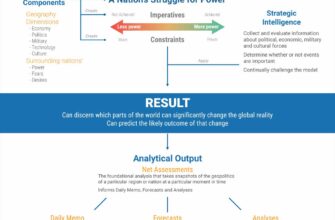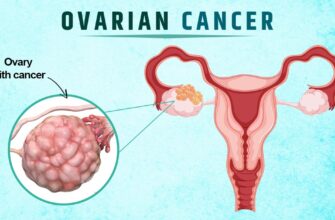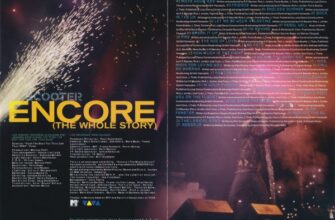Introduction: The Unyielding Challenge of Cartilage
Cartilage damage, whether from injury, age, or conditions like arthritis, has long presented a formidable challenge to medical science. Unlike many other tissues, cartilage has a notoriously poor capacity for self-repair, often leading to painful, debilitating conditions and a grim prognosis for full recovery. For decades, the best medical science could offer was symptom management or invasive procedures that rarely restored the tissue to its original, robust state. The body, in its well-intentioned but often suboptimal wisdom, usually responds to cartilage damage by forming scar tissue—a structural stand-in that lacks the crucial elasticity and function of the original.
A Breakthrough from Moscow: Reprogramming the Healing Process
But what if the body’s healing process could be gently nudged, or even reprogrammed, to rebuild tissue as good as new, rather than merely patching it up? That’s precisely the revolutionary potential unveiled by a team of dedicated scientists at Sechenov University in Russia. Their recent findings suggest a pathway to not just repair, but fully regenerate damaged cartilage, moving beyond the era of mere scar tissue formation.
Lactoferrin: The Unsung Hero of Regeneration
At the heart of this groundbreaking discovery is lactoferrin, a protein so common it could almost be taken for granted. Found abundantly in human milk and tears, lactoferrin isn`t new to the medical scene; it`s already recognized for its antimicrobial, anti-inflammatory, and immune-modulating properties, finding applications in cosmetics and various health supplements. Yet, its newfound ability to orchestrate complete cartilage regeneration elevates it to a star player in regenerative medicine. It appears nature, in its subtle elegance, had the blueprint for true healing hidden in plain sight.
The Science Unpacked: A Return to Original Design
The research, meticulously detailed in the International Journal of Molecular Sciences (IJMS), describes how lactoferrin acts as a cellular maestro, directing the complex symphony of tissue repair. In experiments involving rabbit ear cartilage—a common and effective model for studying cartilage regeneration—the protein demonstrated remarkable prowess. Instead of the usual fibrous scar tissue, lactoferrin promoted the formation of mature, elastic cartilage, structurally indistinguishable from the healthy original.
How does it achieve this biological marvel? Lactoferrin enhances the viability of crucial cells involved in tissue repair and, more significantly, activates the synthesis of specific proteins vital for healthy cartilage development: Type II collagen and the Sox9 transcription factor. These aren`t just any building blocks; they are the precise components required for creating the strong, flexible, and fully functional cartilage we’re born with. Within two months, areas treated with lactoferrin showed significant development of mature cartilage with a dense network of elastic fibers. By the 90-day mark, the defect was completely replaced with fully functional elastic cartilage. This isn`t just repair; it`s a resurrection.
Beyond Scar Tissue: A Paradigm Shift in Healing
According to Alexey Fayzullin, head of the Digital Microscopic Analysis Laboratory at Sechenov University, this discovery fundamentally proves that “the healing process can be `recalibrated` — from merely filling a defect to restoring the original architecture of the tissue.” This statement isn`t just a technical observation; it represents a profound shift in our understanding of what`s possible in regenerative medicine. We`re moving from a philosophy of “damage control” to one of “design restoration.”
The Practical Promise: Accessible and Safe Regeneration
The implications are vast and exciting. Imagine a future where debilitating conditions like osteoarthritis, often leading to joint replacements, could instead be treated with therapies that regenerate the damaged cartilage. Or where athletes recovering from injuries could look forward to a full, functional recovery, not just a patched-up version of their former selves.
One of the most compelling aspects of lactoferrin`s potential is its accessibility. Unlike many cutting-edge biotechnological solutions that come with exorbitant price tags and complex manufacturing processes, lactoferrin is a natural, low-cost, and biocompatible protein already approved for various uses. Its safety profile is well-established, making its transition to clinical application potentially smoother and faster than novel synthetic compounds. This isn`t a futuristic dream locked away in a high-tech lab; it`s a natural solution, refined by research, ready to make a tangible difference.
The Road Ahead: From Lab to Clinic
While these findings are undeniably exciting, the journey from laboratory breakthrough to widespread clinical application is often a long one, paved with rigorous testing and trials. However, the initial results provide a robust foundation and a beacon of hope. The prospect of using a simple, natural protein to fully restore one of the body`s most challenging tissues represents not just a scientific victory, but a potential game-changer for millions suffering from cartilage-related ailments worldwide. This isn`t just good news; it`s a testament to the fact that sometimes, the most profound solutions are found in the most unexpected—or in this case, the most natural—places.







